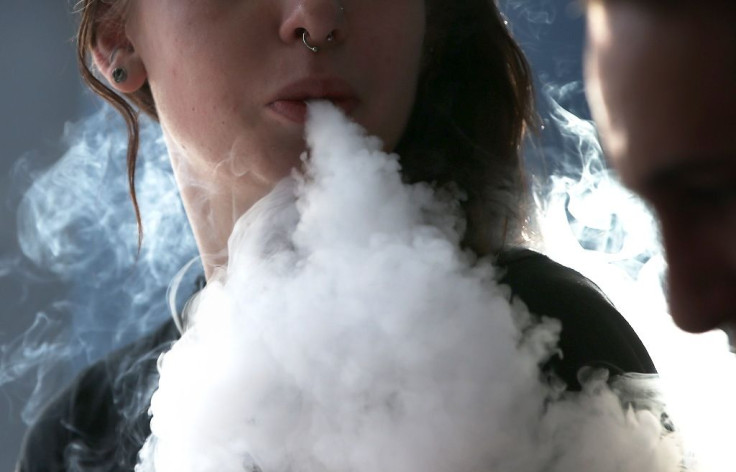Nicotine Or Flavored Substance? What Teens Actually Vape
Amid mounting concerns over health risks of using electronic cigarettes, a new research suggests that American teens vape for fruity or chocolaty flavors rather than nicotine. Researchers noted that vaping does result in increased tobacco prevalence but the impact of vaping is necessarily not as big as it may seem following the drastic increase e-cigarette use among teens.
In order to determine what substances American teens vape, a research team led by Richard Miech of the University of Michigan’s Institute for Social Research interviewed nearly 15,000 students from grades eight, 10 and 12 who took part in a 2015 nationwide survey. Of these, over 3,800 said they vaped at some point and of those 1,701 used e-cigarettes at least once in past month, 1,085 vaped for up to five times and 616 smoked e-cigarettes for over half a dozen times.
Results showed that students, who ever used e-cigarettes, two-thirds of them did it with non-nicotine flavored ingredient. Researchers said that nicotine use came in a distant second with 13 percent of eighth graders, 20 percent of 10th graders and 22 percent of 12th graders vaping tobacco.

The team also found that only 6 percent to 7 percent of students in all graded vaped weed.
Researchers explained that the findings indicated that plans to reduce vaping in adolescents are unlikely to be successful if they focus on the dangers of nicotine. This is because most teens think they are not vaping nicotine.
“These results indicate that while taking into account [e-cigarette] use does indeed increase tobacco/nicotine prevalence, the impact of [e-cigarettes] is likely not as large as might appear by their recent, dramatic increase in use among adolescents," researchers said, in a statement released Thursday.
However, Centers for Disease Control and Prevention told the Associated Press that it is doubtful whether teens know the exact content of their vape. CDC also said that additional research is required.
The new study was published Thursday in peer-reviewed Tobacco Control journal.
Published by Medicaldaily.com



























